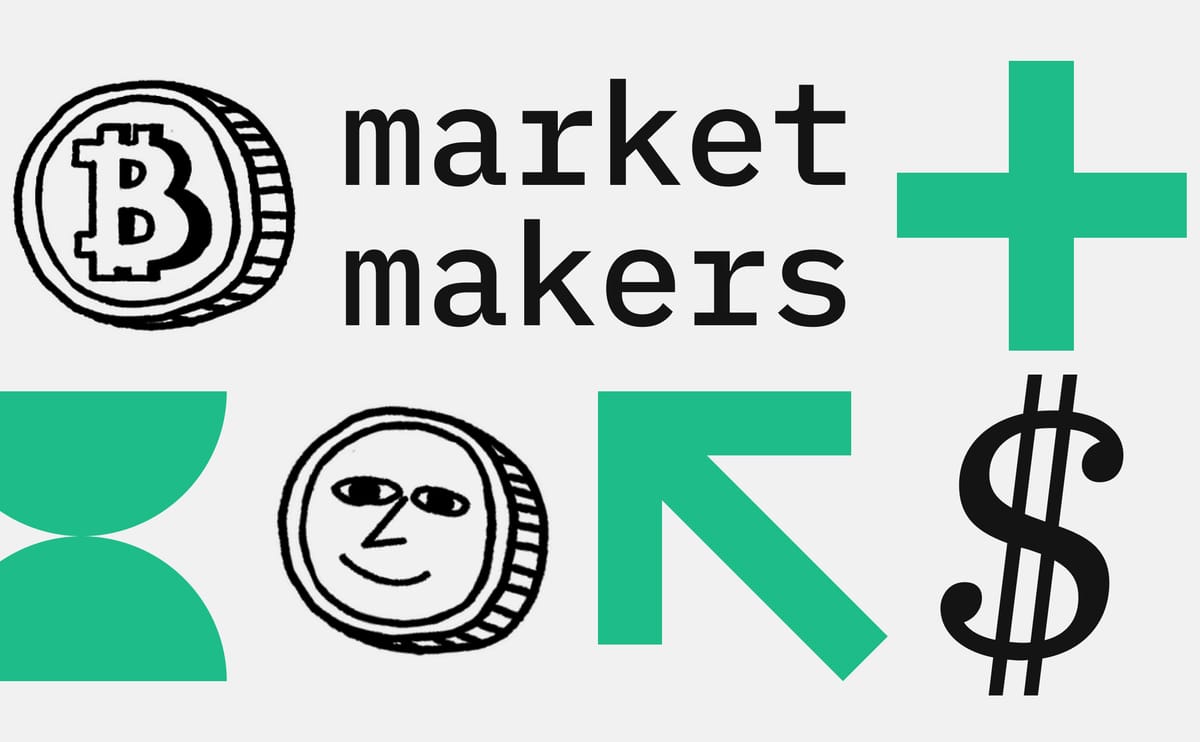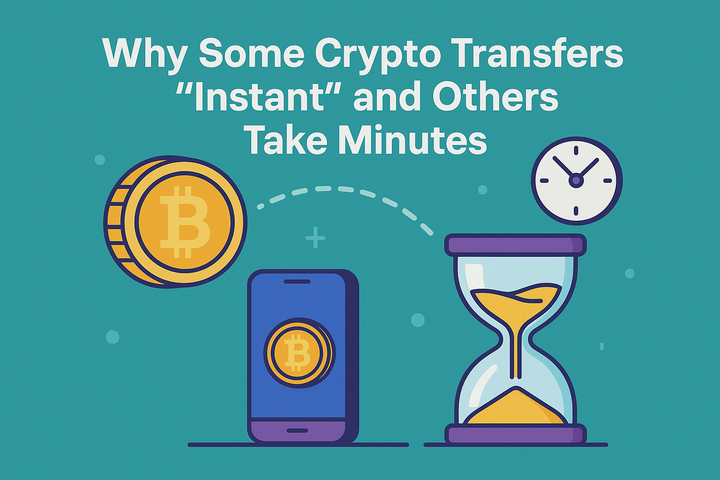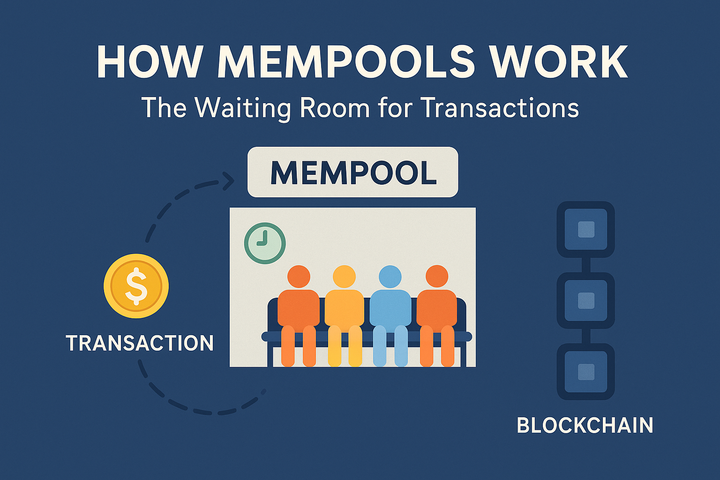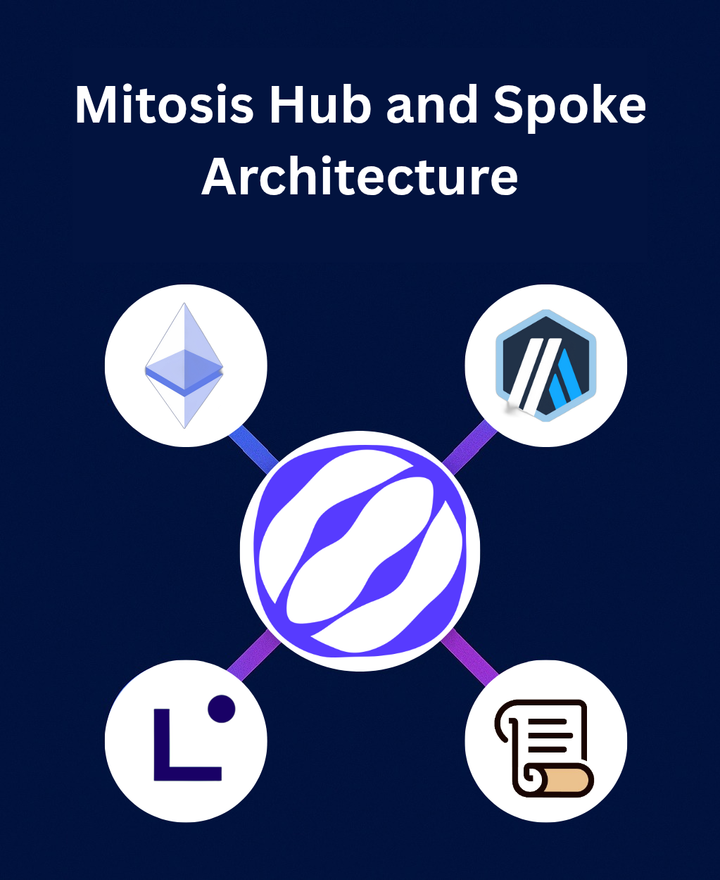The Role of Market Makers in the Crypto World: Myths and Reality

Part 1. Secrets and Myths about Market Makers
In the cryptocurrency industry, the role of market makers (MM) is surrounded by many myths and misunderstandings.
They are often portrayed as the “invisible hand” that draws red candles overnight, steals from users, and engages in speculative manipulations for personal gain. However, in reality, MM are essential market participants who ensure stability and liquidity.
Their activities are often perceived as mysterious, but at their core, their main goal is to make trading more convenient and predictable for all participants.
Link:
What is a market maker - https://en.wikipedia.org/wiki/Market_maker
Part 2. The Primary Function of Market Makers — Providing Liquidity
The main role of MM is to maintain liquidity on exchanges. Any token traded on centralized platforms (CEX) requires buyers and sellers ready to execute trades instantly.
Without sufficient liquidity, prices can fluctuate wildly or trading can become impossible due to high slippage.
This is precisely why market makers exist: they commit to maintaining buy and sell orders within a certain range, for example, $200,000 worth of liquidity within ±1% of the current price. This approach helps stabilize the market and ensures smooth operation.
Link:
What is a CEX? - https://learn.backpack.exchange/articles/what-is-a-cex
Part 3. Market Maker Models: From Simple to Complex
The most common model is a retainer agreement, where MM simply provides turnover and maintains a minimal spread without directly influencing the price. In this case, they earn through trading fees or fixed payments for providing liquidity services.
However, more complex schemes exist, such as loan-call option models. In these models, MM receives tokens as a loan for a set period and can either return them or buy them back at a pre-agreed formula—often based on TWAP (Time-Weighted Average Price)—which creates incentives for price growth.
These models allow MM to profit from both rising and falling prices and influence market conditions accordingly.
What is a Time-Weighted Average Price- https://en.wikipedia.org/wiki/Time-weighted_average_price
Part 4. Incentives and Behavior of Market Makers
The behavior of MM is driven by their internal incentives and contractual conditions with project founders.
Sometimes, founders expect that incentivizing a pump through “call options” will help increase the token’s price, creating certain expectations among market participants.
As a result, MM may actively participate in shaping price movements—buying low and selling high or vice versa. It’s important to understand that all this stems from predefined rules and economic incentives rather than random “invisible hand” actions.
Part 5. Ethical Boundaries and the Future of Market Making
Despite the variety of models, it’s crucial to remember ethical boundaries and legality. Some schemes involve illegal manipulations like spoofing or artificially creating volumes—practices that are unacceptable and can lead to sanctions from regulators.
At the same time, legitimate models help markets stay stable and transparent. In the future, the role of market makers will continue evolving alongside technological innovations in decentralized exchanges (DEXs) and new financial instruments—maintaining a balance between market efficiency and ethical standards.
This article reveals the true nature of market maker activities in the crypto space: from basic functions of providing liquidity to complex financial models involving derivatives, as well as emphasizing the importance of ethical conduct among market participants for sustainable development.Useful Links
Useful Links
🌐 Website: https://mitosis.org
📖 Docs: https://docs.mitosis.org
🐦 Twitter / X: https://twitter.com/MitosisOrg
💬 Discord: https://discord.gg/mitosis



Comments ()